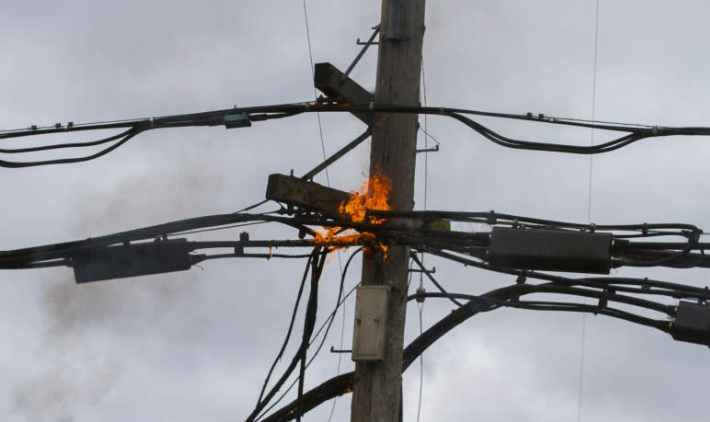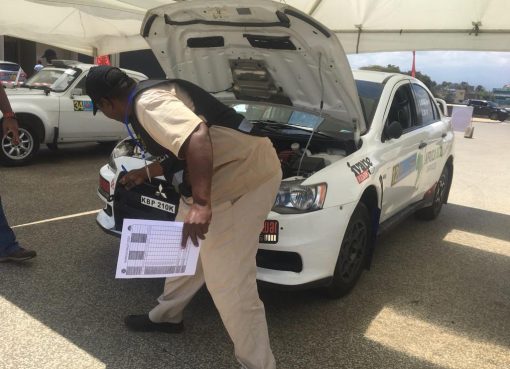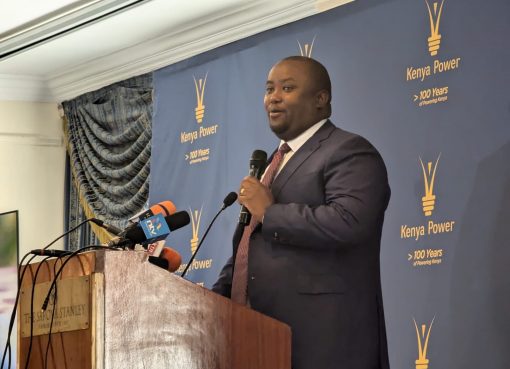The energy sector in the country has been urged to conduct an environmental and social impact assessment before the implementation of any projects to mitigate the electrocution of wildlife, which is on the rise.
The conservation stakeholders were speaking in a meeting at a Nanyuki hotel that targeted to devise measures that could be implemented by the energy sector to make power lines safe for wildlife.
“The energy sector is expanding, and Kenya targets to have universal connectivity by the year 2030, and to achieve that, power lines are being built and might escalate interaction between power lines and the wildlife biodiversity,” said John Oguda, energy consultant and former Kenya Power Company (KPC) employee.
He pointed out that there was a lot of electrocution of birds and wildlife in the already existing power lines.
“Biodiversity is part of the power development system in the country, and we have witnessed a lot of electrocution. Birds are being killed every time.
We are urging the energy sector before any project starts that they must do an environmental social impact assessment,” urged the expert.
The former KPC manager at the same time called for the involvement of stakeholders to discuss the challenges wildlife encounter with the new power transmission line aimed at finding sustainable measures to deter the electrocutions and promote biodiversity.
Peregrine Fund Director Darcy Ogada revealed that almost 200 wild animals have been electrocuted in the last five years, the majority being raptors that play a critical role in the environment.
“There is a very serious problem with electrocution in wildlife, in particular raptors; they are the most electrocuted group of species. We hope to develop better mitigation when energy infrastructures are being built in rural areas,” said the Peregrine Fund director.
Pam Cunneyworth from Colobus Conservation said that 550 primates have been reported electrocuted in Kwale County between 1997 and 2023, with 54 per cent being injured.
Colobus conservation collaboration with KPLC in 2017 removed 12 km of uninsulated power lines in Diani and replaced them with insulated lines. They also moved transformers, which, given their location, were causing multiple primate electrocutions.
Kenya Wildlife Service Assistant Director in charge of Laikipia station, Rose Malenya, said while there was a need to enhance infrastructure, it must be balanced with protecting biodiversity.
By Muturi Mwangi





